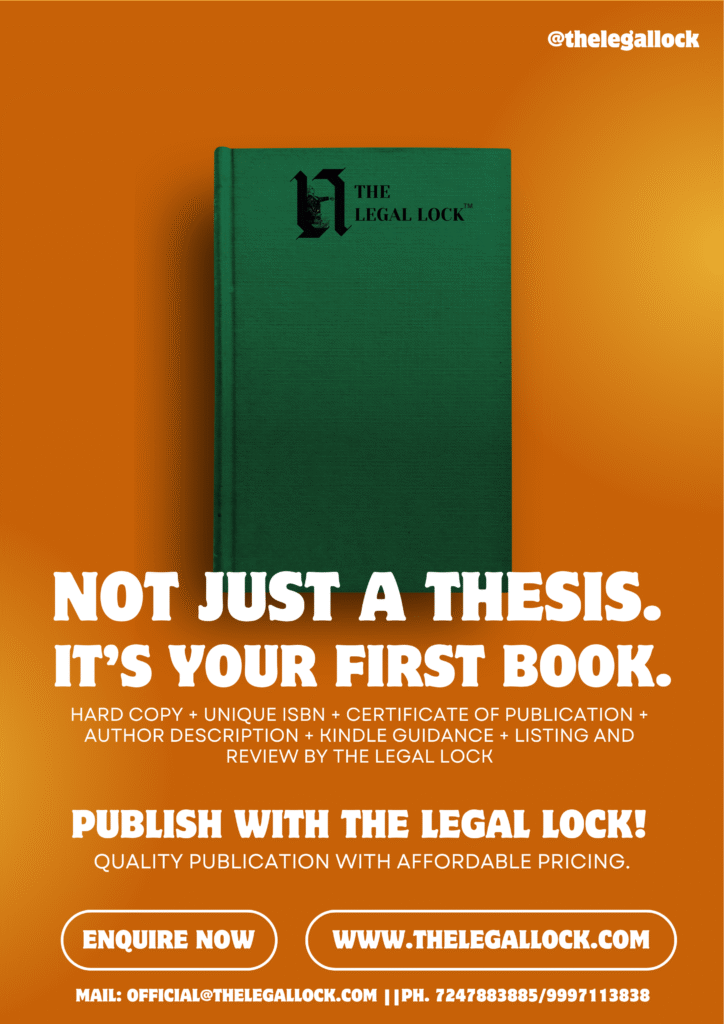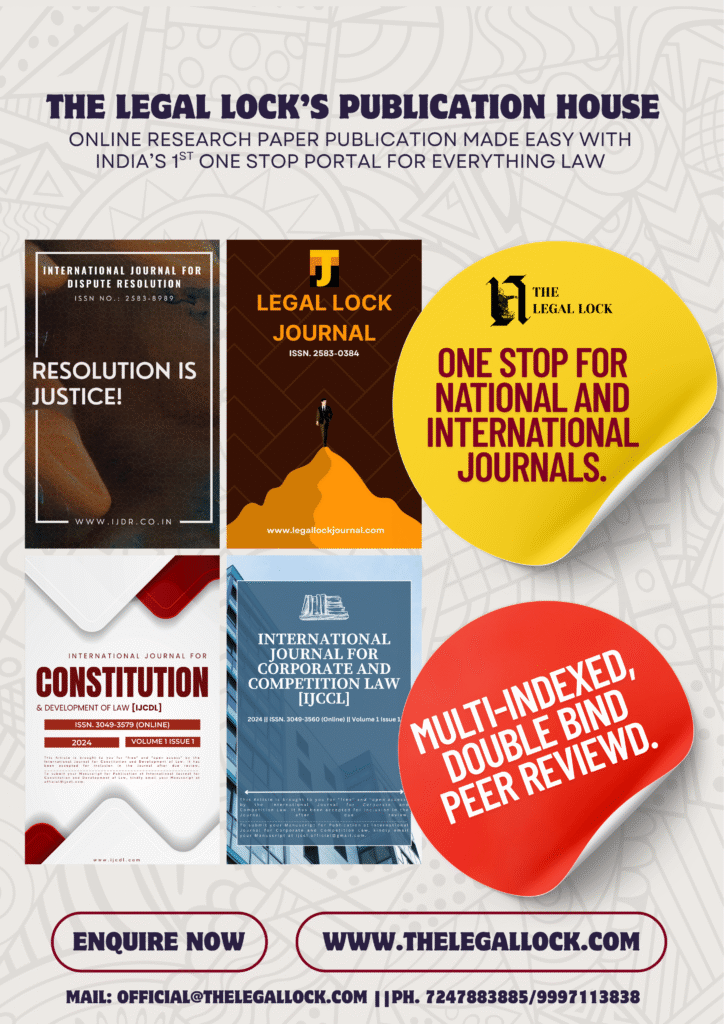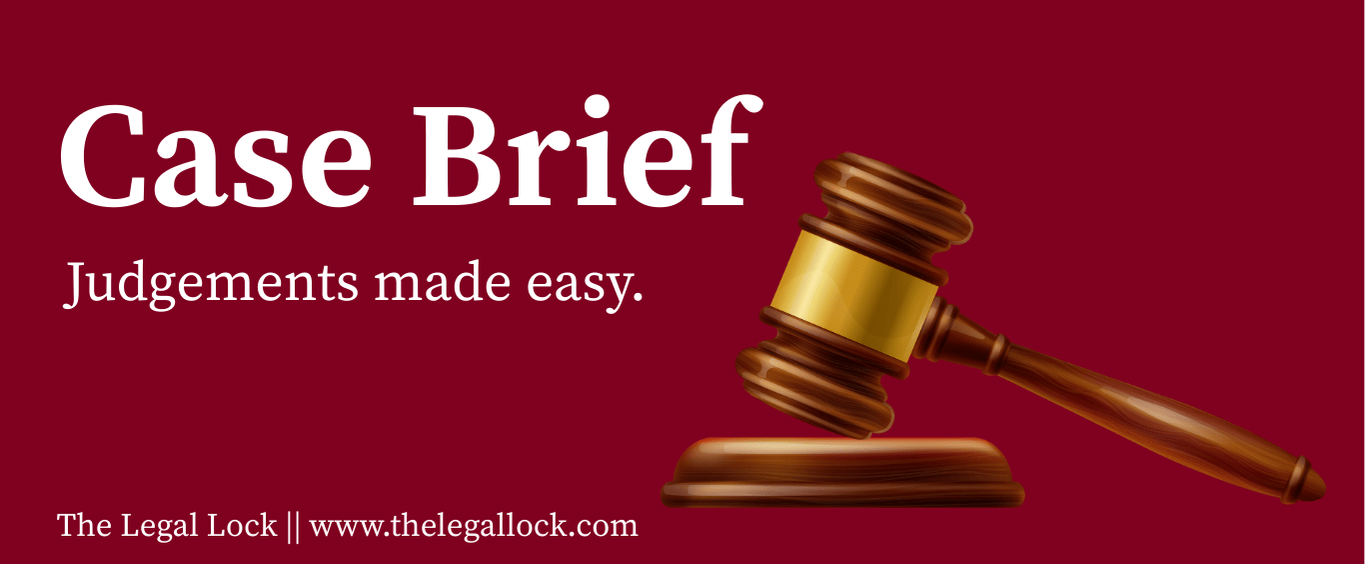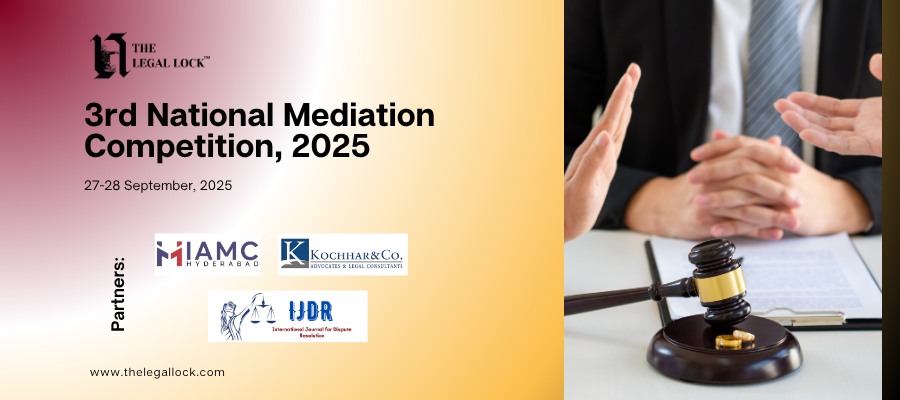| CASE NAME | Special Reference No. 1 of 1998, Re, (1998) 7 SCC 739 |
| CASE NAME (Also known as) | Third Judges case |
| CITATION | No. 1 of 1998, Re, (1998) 7 SCC 739 |
| COURT | In the Supreme Court of India |
| BENCH | BEFORE S.P. BHARUCHA, M.K. MUKHERJEE, S.B. MAJMUDAR, SUJATA V. MANOHAR, G.T. NANAVATI, S. SAGHIR AHMAD, K. VENKATASWAMI, B.N. KIRPAL AND G.B. PATTANAIK, JJ. |
| DECIDED ON | Decided on October 28, 1998 |
Introduction:
Article 143 of the Indian Constitution confers authority upon the President to consult the Supreme Court regarding legal matters or matters of public concern. Using this power, the President sent the Court a list of questions on July 23, 1998, concerning the application of the rules and guidelines for the appointment of judges to the Supreme Court (Article 124(2)), the Chief Justices and judges of High Courts (Article 217(1)), and the movement of judges between High Courts (Article 222(1)). These guidelines had been established in the case of Supreme Court Advocates-on-Record Association and Anr. v. Union of India.Given the importance of these issues and their bearing on the nomination and removal of judges, the President felt it was imperative to dispel any uncertainties raised by the Supreme Court’s rulings. Consequently, the President invoked the authority conferred by Article 143(1) of the Constitution to formulate particular legal questions and request the Supreme Court of India’s ruling on the pertinent matters.
The need for the executive and judicial branches to be kept as separate as possible is emphasised in Article 50 of the Constitution. Executive participation in the appointment process must to be controlled to prevent it from going too far and jeopardising the accountability and openness of appointments. The ascendancy of the executive would jeopardize the independence of the judiciary, a fundamental aspect of the constitution. The Indian constitution’s Articles 124 and 214 grant the president the authority to select justices for the Supreme Court and High Courts on the recommendation of cabinet ministers. The Chief Justice of India is not able to select anybody, although she does have advising authority. The Constitution confers supreme authority upon the president, establishing the executive branch as superior in decision-making.
Brief fact:
There was a time when the Executive rejected the Supreme Court Collegium’s proposal in part. The CJI at the time refused to back down and declared, “Either all or none.” Because of the CJI’s ongoing primacy, the executive file was referred to the Supreme Court for an advisory opinion in accordance with Article 143 of the Constitution, on behalf of the President. But neither the Second Judges Case ruling nor the validity of collegiate opinion were questioned by the executive! As a result, the reference lost its usefulness and didn’t significantly differ from the Second Judges case. The collegium’s judge count was the only aspect of the Second Judges case that this reference improved upon. The collegium was now to consist of the CJI and the four other senior most judges of the Supreme Court. This reference case came to be known as “the Third Judges Case”.
Before suggesting a candidate for appointment to the position to the Supreme Court Collegium for approval, the Chief Justice of a High Court confers with other judges and members of the Bar (collectively, the High Court Collegium) to create a list of worthy candidates. The SC collegium then chooses a candidate from the list and recommends them to the President for approval. When a Chief Justice of a High Court is to be chosen, the President must consent to a list of judges that the Supreme Court collegium independently assembles. Only judges may be appointed Chief Justices of High Courts. A judge of a High Court cannot become Chief justice of the same High Court.
Issues:
- The composition of the collegium for appointing judges to the Supreme Court, expanding it to include the Chief Justice of India and the two senior-most judges?
- whether the Chief Justice of India could independently act when faced with information from the government that might lead to the non-appointment of a recommended judge?
- Were the recommendations of the collegium deemed binding, and what was the extent of the President’s required concurrence?
- Whether the phrase “consultation with the Chief Justice of India” in Article 217(1) required involvement from a plurality of judges or if the individual opinion of the Chief Justice sufficed?
- The involvement of the Chief Justice of India and other judges in the recommendation process for appointing Supreme Court judges and transferring Chief Justices or puisne judges of High Courts?
Judgement:
This case, often known as the “Third Judges case,” dealt with a number of issues pertaining to the administration and operation of the collegium system. An important result was the increase in the number of judges in the collegium with whom the President had to confer when appointing new judges. The Chief Justice of India and the other four most senior Supreme Court judges now make up the redesigned collegium. The court clarified that the inclusion of the Chief Justice in the collegium does not imply that only the Chief Justice’s advice is to be considered. Instead, the President is obligated to consult all members of the collegium equally in the process of judicial appointments. This decision aimed to ensure a more comprehensive and collective approach to the consultation process, reinforcing the principles of transparency and shared responsibility within the collegium system.
The judiciary’s control over the executive branch with regard to judicial nominations was strengthened in this specific case. In its ruling, the Supreme Court stressed a number of important points:
1. The Supreme Court said that Articles 124, 217, and 222 of the Indian Constitution require “consultation” with the Chief Justice of India, meaning that the Chief Justice’s opinion must be formed by asking the opinion of the majority of judges. A legitimate consultation is not limited to the Chief Justice’s personal and subjective opinion.
2. The idea of consultation was broadened to include the four senior Supreme Court judges as members of a collegium.
3. Strict rules governing the nomination of justices to the Supreme Court and higher courts were established by the Supreme Court. The Collegium System is the name given to these regulations. This case shaped the current Collegium System for judicial nominations in India by highlighting the judiciary’s primacy in matters of judicial appointments and outlining precise guidelines to be adhered to.
A unanimous response from a nine-judge Bench on October 28, 1998, clarified several aspects:
1. The Chief Justice of India presides over the collegium of judges, which has the last say over appointments to the higher judiciary. It is incumbent upon the President to “concur” with the suggestions.
2. Article 217(1) of the Constitution requires “consulting with the Chief Justice of India” to mean that the Chief Justice of India must confer with a panel of judges before issuing an opinion. The Chief Justice of India’s personal opinion by itself does not satisfy the “consultation” criterion.
3. The Chief Justice of India shall consult with the four senior-most puisne judges of the Supreme Court before making recommendations for the appointment of a judge to the Supreme Court and the transfer of a Chief Justice or puisne judge of a High Court.
4. Without first contacting other Supreme Court judges, the Chief Justice of India is unable to take autonomous action, particularly when it comes to information from the Indian government that could prevent the appointment of a recommended judge.
5. The Second Judges Case was significantly altered by the Third Judges Case. Unlike the Second Judges Case, which involved only the two senior-most judges, the collegium for appointing judges to the Supreme Court was expanded to include the Chief Justice of India and the four most senior judges.
These clarifications tried to address the problems with the appointment process, emphasising the Chief Justice of India’s and other senior judges’ collaborative participation in collegium decision-making.
Before appointing new Supreme Court justices, the Supreme Court Collegium assembles a list of worthy candidates and sends it to the President for approval. Since the Chief Justice of India is chosen based on seniority, the most senior Supreme Court judge would be named to the role. Thus far, the collegium system has been effective in preserving the independence of the judiciary. However, there has to be more transparency in the process of choosing and replacing judges. The Collegium ought to be tasked with choosing the best candidates for our country’s higher court. This purpose is not shared by either of the constitutional functionaries, and that is the only reason for the current power battle between the judiciary and the executive. Their actions are not sincere. This nation will generate the best judges in the world and have the best judiciary in the world only when all constitutional officials operate honourably and cooperatively with one another.
Analysis and Conclusion:
A free society and a constitutional democracy are said to require the independence of the judiciary from the administrative and legislative branches as well as the independence of each judge within the judiciary. Maintaining the rule of law, guaranteeing the fulfilment of human rights, and promoting societal stability and prosperity all depend on this independence. As a result, the Constitution protects not just the independence of the High Courts and lower courts, but also that of the Supreme Court. The independence of the judiciary is a fundamental aspect of the Indian Constitution, as the Supreme Court has confirmed in a number of rulings. Furthermore, it has made it clear that any effort to weaken its independence—directly or indirectly—through a constitutional amendment is to be rejected. In1981,1993, and 1998, the Three Judges cases significantly contributed to the focus on the value of judicial independence. The ruling from 2015 upheld the status quo while allowing for suggestions for ways to enhance the collegium of judges’ operation. The Third Judges Case stance is still in effect, demonstrating the ongoing dedication to maintaining the independence of the Indian court.









